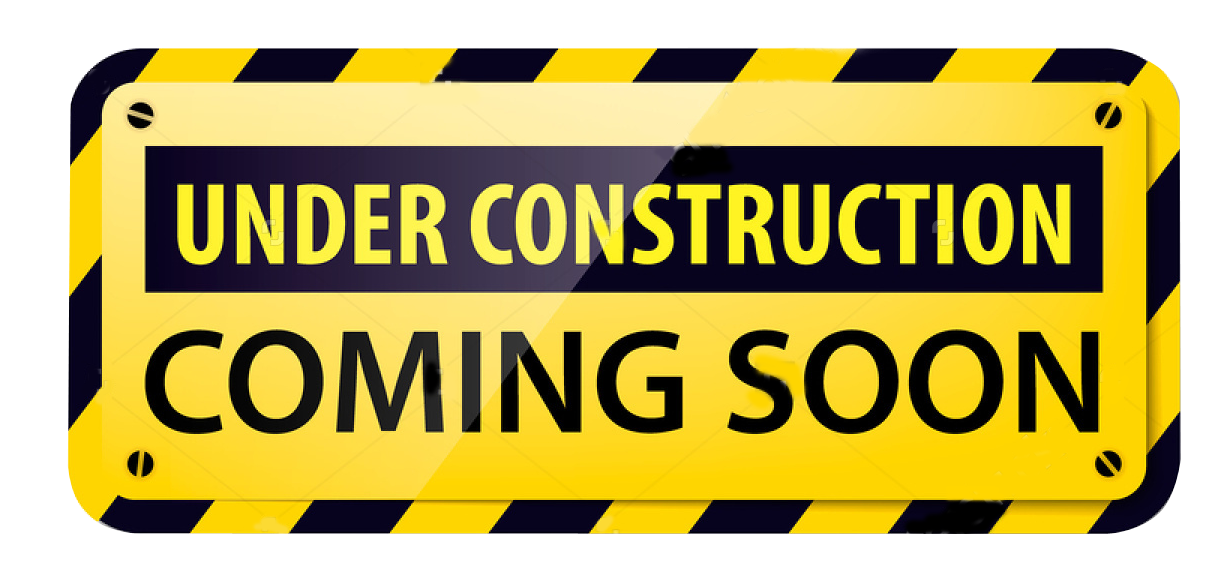Dr Nyari's Science School
Home
We do science and maths!
We offer complete programmes from KS3- KS5 at affordable prices. Delivered through video lessons, live virtual classrooms, comprehensive notes, home practicals, assessments and exam practice.
In addition intensive exam revision courses are available three times per year, and online private tuition.

News
To keep in touch follow us on facebook
ADD/LABEL
Requires the addition or labelling to stimulus material given in the question, for example labelling a diagram or adding units to a table.
ASSESS
Give careful consideration to all the factors or events that apply and identify which are the most important or relevant. Make a judgement on the importance of something, and come to a conclusion where needed.
CALCULATE
Obtain a numerical answer, showing relevant working. If the answer has a unit, this must be included.
COMMENT ON
Requires the synthesis of a number of factors from data/information to form a judgement. More than two factors need to be synthesised.
COMPARE AND CONTRAST
Looking for the similarities and differences of two (or more) things. Should not require the drawing of a conclusion. Answer must relate to both (or all) things mentioned in the question. The answer must include at least one similarity and one difference.
COMPLETE/RECORD
Requires the completion of a table/diagram/equation.
CRITICISE
Inspect a set of data, an experimental plan or a scientific statement and consider the elements. Look at the merits and/or faults of the information presented and back judgements made.
DEDUCE
Draw/reach conclusion(s) from the information provided.
DERIVE
Combine two or more equations or principles to develop a new equation.
DESCRIBE
To give an account of something. Statements in the response need to be developed as they are often linked but do not need to include a justification or reason.
DETERMINE
The answer must have an element which is quantitative from the stimulus provided, or must show how the answer can be reached quantitatively.
DEVISE
Plan or invent a procedure from existing principles/ideas.
DISCUSS
Identify the issue/situation/problem/argument that is being assessed within the question.
Explore all aspects of an issue/situation/problem. Investigate the issue/situation/problem etc. by reasoning or argument.
DRAW
Produce a diagram either using a ruler or using freehand.
ESTIMATE
Give an approximate value for a physical quantity or measurement or uncertainty.
EVALUATE
Review information then bring it together to form a conclusion, drawing on evidence including strengths, weaknesses, alternative actions, relevant data or information. Come to a supported judgement of a subject’s qualities and relation to its context.
EXPLAIN
An explanation requires a justification/exemplification of a point. The answer must contain some element of reasoning/justification, this can include mathematical explanations.
GIVE/STATE/NAME
All of these command words are really synonyms. They generally all require recall of one or more pieces of information.
GIVE A REASON/REASONS
When a statement has been made and the requirement is only to give the reasons why.
IDENTIFY
Usually requires some key information to be selected from a given stimulus/ resource.
JUSTIFY
Give evidence to support (either the statement given in the question or an earlier answer).
PLOT
Produce a graph by marking points accurately on a grid from data that is provided and then drawing a line of best fit through these points. A suitable scale and appropriately labelled axes must be included if these are not provided in the question.
PREDICT
Give an expected result or outcome.
SHOW THAT
Prove that a numerical figure is as stated in the question. The answer must be to at least 1 more significant figure than the numerical figure in the question.
SKETCH
Produce a freehand drawing. For a graph this would need a line and labelled axes with important features indicated, the axes are not scaled.
STATE WHAT IS MEANT BY
When the meaning of a term is expected but there are different ways of how these can be described.
SUGGEST
Use your knowledge and understanding in an unfamiliar context. May include material or ideas that have not been learnt directly from the specification.
WRITE
When the questions ask for an equation.
The plans are made, The material prepared. Moodle, this website and facebook under development. We are hoping to have everything ready for launch by the new year. But I suspect to may be sooner. Here's hoping





